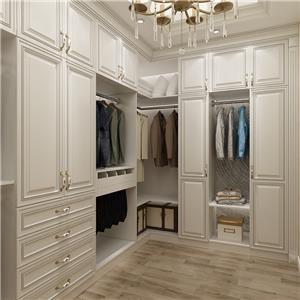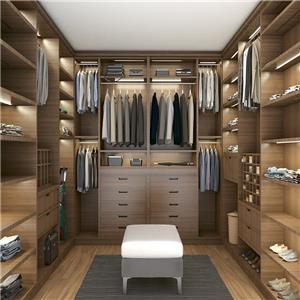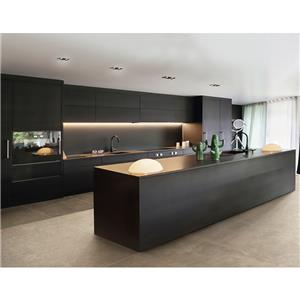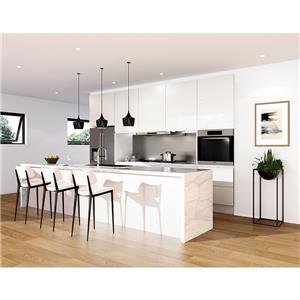Plywood Kitchen Cabinet: Pros and Cons
Plywood kitchen cabinets are a popular choice for homeowners looking to update or renovate their kitchens. Plywood is a type of engineered wood that is made by gluing together multiple layers of thin wood veneers. These layers are arranged in a criss-cross pattern to increase the strength and durability of the material. Plywood cabinets are known for their affordability, versatility, and durability. Like any material, plywood cabinets also have their pros and cons.
Quick look at the pros and cons of plywood cabinet
| Pros of plywood kitchen cabinet | Cons of plywood kitchen cabinet |
|---|---|
| Affordability | Appearance |
| Durability | Limited options |
| Versatility | Quality |
| Sustainability | Formaldehyde |
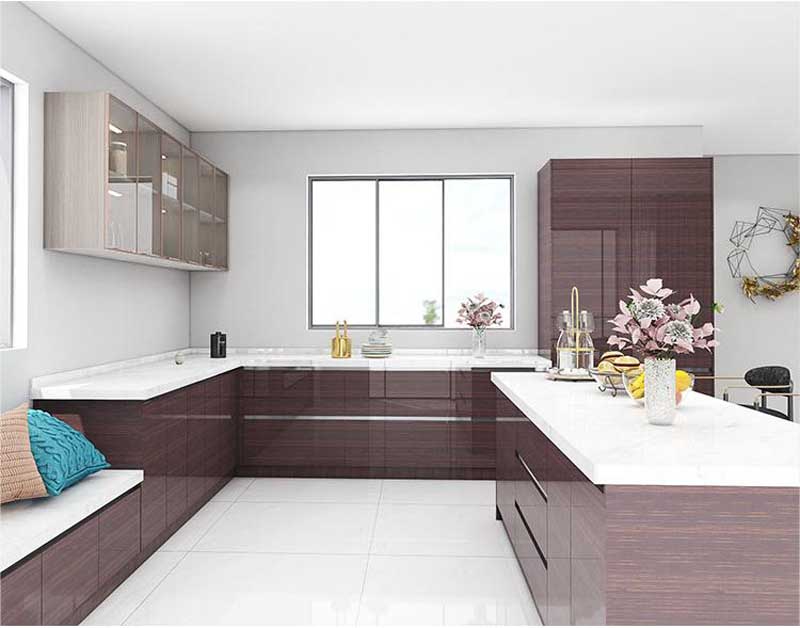
Source: https://www.hansecabinet.com/product/modern-lacquer-kitchen-cabinet
Pros of Plywood Kitchen Cabinets
Affordability
One of the most significant advantages of plywood cabinets is their affordability. Plywood is less expensive than other materials, such as solid wood or particleboard, making it an excellent choice for budget-conscious homeowners. Additionally, plywood cabinets are less expensive to install than custom-built cabinets, which can save homeowners money on labor costs.
Durability
Plywood is a strong and durable material that can withstand a lot of wear and tear. It is less likely to warp or split than solid wood, and it can hold up well under heavy use. Additionally, plywood is resistant to moisture and insects, making it a good choice for kitchen cabinets.
Versatility
Plywood can be stained, painted, or finished in a variety of ways, giving homeowners a lot of design options. It can also be cut and shaped to fit any kitchen layout or design, making it a versatile material for custom-built cabinets.
Sustainability
Plywood is an eco-friendly option for kitchen cabinets because it is made from renewable resources. Many manufacturers use sustainably sourced wood veneers to create their plywood, which can be an attractive option for environmentally conscious homeowners.
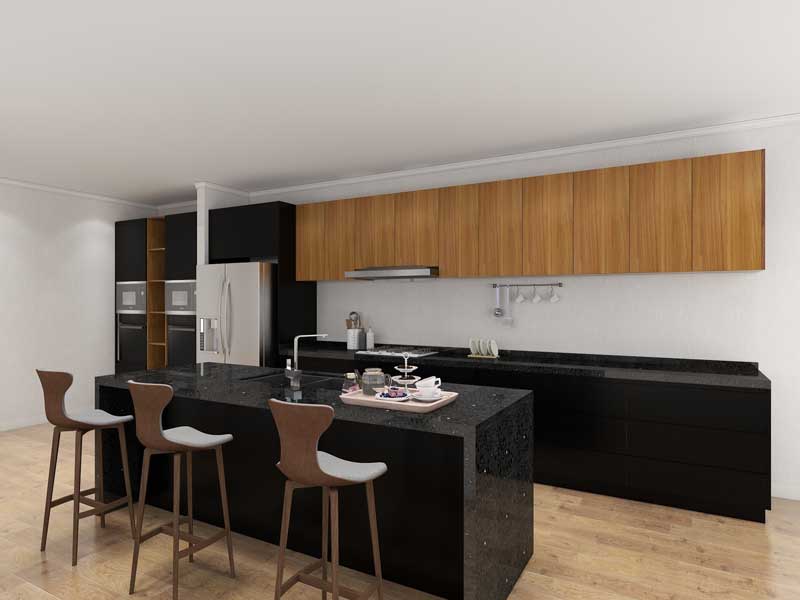
Cons of Plywood Kitchen Cabinets
Appearance
While plywood can be finished to look like solid wood, some homeowners may not like the appearance of the material. It can have a uniform, industrial look that may not fit with a traditional or rustic kitchen design.
Limited options
Plywood cabinets may not offer the same design options as solid wood cabinets. Some manufacturers may have limited colors or styles available, which can make it difficult for homeowners to find the perfect match for their kitchen design.
Quality
The quality of plywood can vary depending on the manufacturer and the type of wood used. Low-quality plywood can be prone to warping, splitting, or delaminating over time, which can lead to costly repairs or replacements.
Formaldehyde
Some types of plywood contain formaldehyde, a chemical that can be harmful to human health. Homeowners should look for plywood that is labeled as formaldehyde-free to avoid any potential health risks.
In conclusion, plywood kitchen cabinets are a popular and affordable choice for homeowners looking to update their kitchens. Plywood offers durability, versatility, and sustainability, but it may not be the best choice for every kitchen design. Homeowners should carefully consider the pros and cons of plywood cabinets before making a final decision. With proper care and maintenance, plywood kitchen cabinets can provide a stylish and functional addition to any kitchen for years to come.
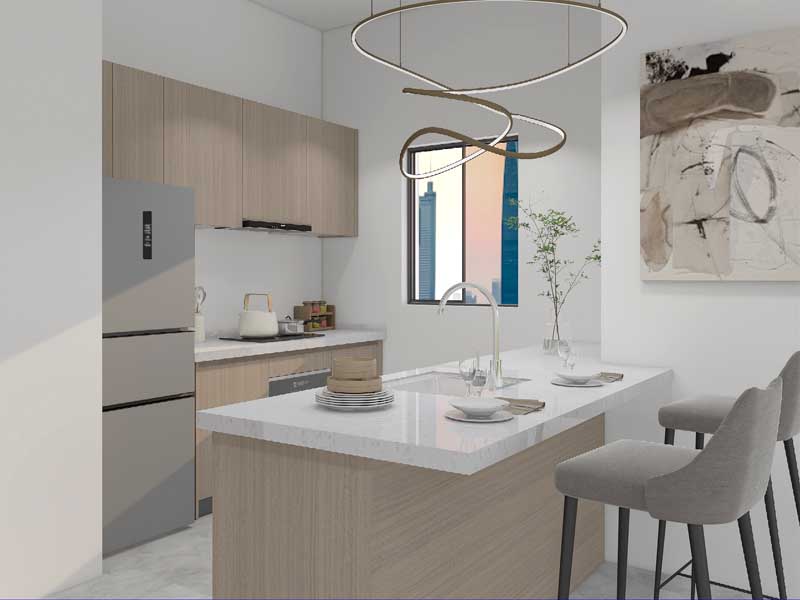
Particleboard vs Plywood for Kitchen Cabinets
Particleboard and plywood are two of the most common materials used in the construction of kitchen cabinets. Both are engineered wood products made from various wood particles and adhesives. However, there are some significant differences between particleboard and plywood that can affect their suitability for use in kitchen cabinets.
Particleboard for kitchen cabinet
Particleboard is made by compressing wood particles with a binder, usually resin, under high pressure and temperature. The resulting material is flat, smooth, and dense, with no visible wood grain. Particleboard is often used in kitchen cabinets because it is cost-effective, readily available, and easy to work with. It is also a good choice for painted finishes, as it is smooth and uniform.
Plywood for kitchen cabinet
Plywood is made by gluing together thin layers of wood veneer, with each layer oriented in a different direction. The resulting material is strong and stable, with a visible wood grain that can be stained or finished to showcase the natural beauty of the wood. Plywood is often used in high-end kitchen cabinets, as it is more durable and resistant to moisture and warping than particleboard.
So, which is better for kitchen cabinets? It depends on your priorities and budget.
If you are on a tight budget and want to keep costs down, particleboard may be the way to go. It is cheaper than plywood and is readily available at most home improvement stores. However, particleboard is not as durable as plywood and is more prone to moisture damage and warping. It is also more difficult to repair if it becomes damaged.
If you have a larger budget and want a more durable and long-lasting option, plywood is the better choice. Plywood is stronger and more stable than particleboard, making it less prone to warping and damage from moisture. It is also easier to repair if it becomes damaged. However, plywood is more expensive than particleboard, so it may not be the best choice if you are on a tight budget.
Kitchen cabinet FAQs
1. Is plywood good for kitchen cabinets?
Yes, plywood is a great option for kitchen cabinets because it is strong, durable, and cost-effective. However, the type of plywood you use is important. For kitchen cabinets, it is best to use higher-grade plywood such as birch, oak, cherry, or maple. This will ensure that your cabinets are both stylish and durable.
2. What grade of plywood do you use for kitchen cabinets?
The grade of plywood you use for kitchen cabinets will usually depend on the style and design you're aiming for. For most everyday kitchen cabinets, you should use A-grade plywood, which is a mix of hardwood and softwood veneers. For more premium cabinets, you may choose to use either A-grade or B-grade plywood.
Related articles
Melamine Kitchen Cabinetry: Pros and Cons
Advantages and disadvantages of UV kitchen cabinets
PVC Sheet Kitchen Cabinets: Advantages and Disadvantages
Stainless Steel Kitchen Cabinet: Pros and Cons

